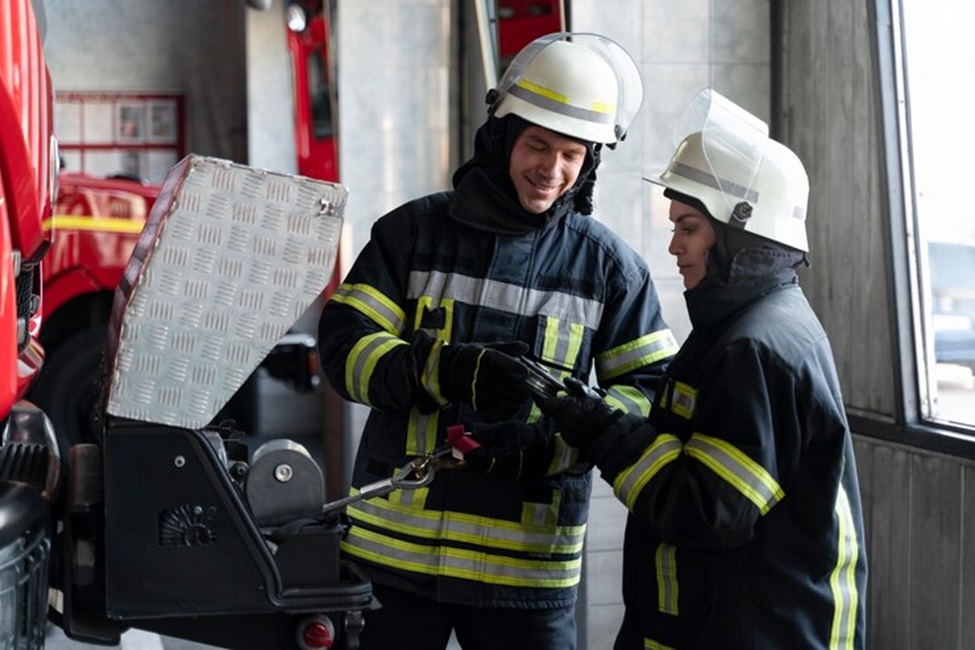There are people of all ages present within public buildings, and most of them require equal and proper access and protection. This includes those with mobility constraints that require operations such as the use of wheelchair lifts and other similar gadgets. Of course, accessibility is a major factor, yet emergencies must not be forgotten, especially the fire ones.
1. Accessibility Regulations:
The first thing is to make sure that you understand the handicap laws that apply in the jurisdiction where you live.
- Building Codes: There are set standards that present various authorized guidelines concerning the ramps, door widths, and even the proper specifications of the wheelchair lifts for the convenience of disabled people.
- The Americans with Disabilities Act (ADA) (US-Specific): In the United States, the Americans with Disabilities Act (ADA) sets out the requirements for accessibility to buildings for the physically challenged. Understanding all these guidelines will help an employer avoid unprocedural requirements, thus avoiding legal consequences.
2. Integrating Accessibility with Fire Safety:
All provisions for access for people with disabilities should not hinder in any way the general provisions for the fire safety of the buildings.
- Fire Exit Strategies: Provide working fire exits that people with limited mobility can use to escape the burning building. This might include wider stairs, a ramp that leads to the exits, and a place of assembly for those who cannot get out themselves in case of fire accidents.
- Clear Signage and Communication: Make sure that there are proper fire exits and enforce proper means of evacuation with directional notices in terms of optics and Braille signs for the blind.
3. Fire Door Safety Compliance:
Fire door safety compliance play a critical role in containing a fire and facilitating safe evacuation. Here’s what you need to know:
- Door Selection and Installation: They have to be designed and installed with specific functionality that is in compliance with the set fire standards. These types of doors are made of fire resisting material and possess the feature of automatic closure to minimize the chances of fire and smoke.
- Regular Inspections and Maintenance: Check that no obstacles are placed in front of fire doors, self-closing systems work correctly, and door and window frames are not compromised.
- Compliance Signage: Ensure that halls leading to fire doors have signs that explain their purpose to the occupants and that they should always shut them.
4. Utilizing Technology for Enhanced Safety and Accessibility:
There are various ways in which technology can help improve safety and accessibility in public buildings.
- Automatic Door Openers: An automatic door opener can be fitted at the door openings to meet the needs of people with physically impaired mobility.
- Visual and Audible Fire Alarms: Install both visible and sound fire alarms that will make it possible for everyone, even those with hearing problems, to see or hear the fire alarm.
- Emergency Communication Systems: Consider installing two-way communication systems in elevators and wheelchair lifts to allow occupants trapped inside to communicate with emergency personnel during an evacuation.




